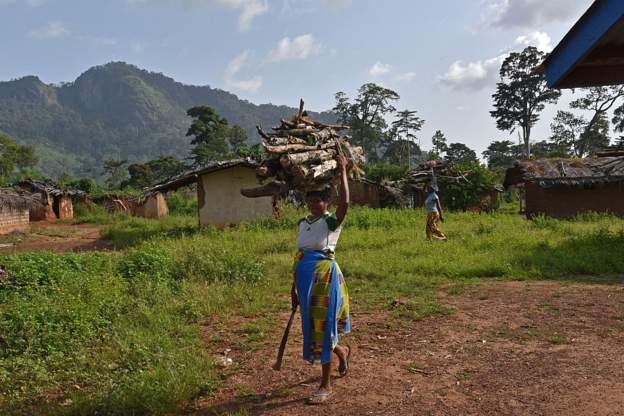The Environmental Analysis in Kenya
Kenya’s climate varies from tropical along the coast to arid in the interior and its terrain is low plains rising to central highlands bisected by the Great Rift Valley; a fertile plateau in the west.

Agriculture remains the backbone of Kenya’s economy and central to Kenya’s development strategy. According to the Kenya National Bureau of Statistics (KNBS Economic Survey 2022), the sector remained dominant, accounting for 22.4% of the gross domestic product (GDP) in 2021, despite a contraction of 0.1% from 2020.
Limestone, soda ash, salt, precious stones, fluorite, zinc, diatomaceous earth, gypsum, wildlife and hydropower are the most prominent natural resources.
Kenya is a regional leader in clean energy development, with over 90% of its grid-connected electricity coming from renewable sources.
Through its second domestically determined contribution to the 2020 Paris Agreement goals, Kenya has prioritized low-carbon investments, further reducing its already low greenhouse gas emissions by 32% by 2030. . This is the first green bond issued by the private sector to finance the construction of sustainable housing projects in 2019.
As of 2017, annual freshwater withdrawals were 4,032 million cubic meters, of which 303 million cubic meters were for industrial use, 495 million for urban use, and 2,234 million for agriculture.
According to the World Bank (2020), 71.44% of the population has access to electricity. 8.3% of Kenya’s electricity generation comes from fossil fuels, 1% from solar, 10.7% from wind, 32.6% from hydro, 46.2% from geothermal, and 1.2% from biomass and waste.
On 30 June 2021, the government announced VAT, exemptions for VAT, renewable energy products such as solar and wind power, and access to electricity and clean cooking fuels for 100% of Kenyans. We’re back with a clean cooking solution for cooking.

Through its second national contribution to the 2020 Paris Agreement targets, Kenya is prioritizing low-carbon investments, further reducing its already low greenhouse gas emissions by 32% by 2030. This was the first green bond issued by the private sector to finance the construction of sustainable housing projects in 2019.
Downsides of Environment in Kenya:
Water pollution from municipal and industrial waste. Water scarcity and deteriorating water quality due to increased use of pesticides and fertilizers. floods; water hyacinth infestation in Lake Victoria; Deforestation; soil erosion; desertification; poaching are some of the current environmental problems
At 0.3 tons per capita in 2020, Kenya ranks 31/55th in carbon emissions in Africa, below the continental average of about 1 ton per capita (2020). In absolute terms, Kenya ranks 10th for her CO2 emissions of over 16 million tons.
Repeated droughts; floods during the rainy season; About 4.1 million people are estimated to be severely food insecure between March and June 2022 due to drought. This number is about 40% higher than the same period last year.
Severe rainfall deficits during the rainy season from March to May 2022 affected pasture regeneration in several central, northern and eastern pastoral and agropastoral areas.
As of July 2022, Kenya reported a total of 337,622 covid cases with 18.5 million of the population with at least one covid vaccine dose


